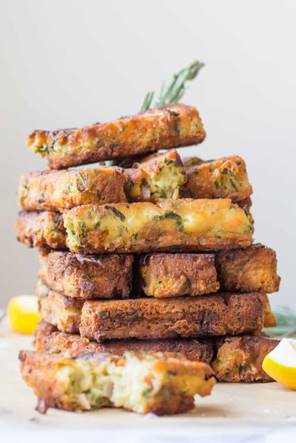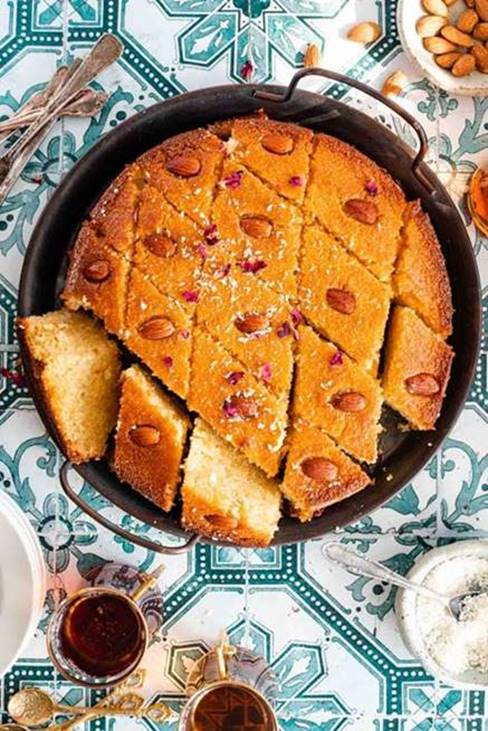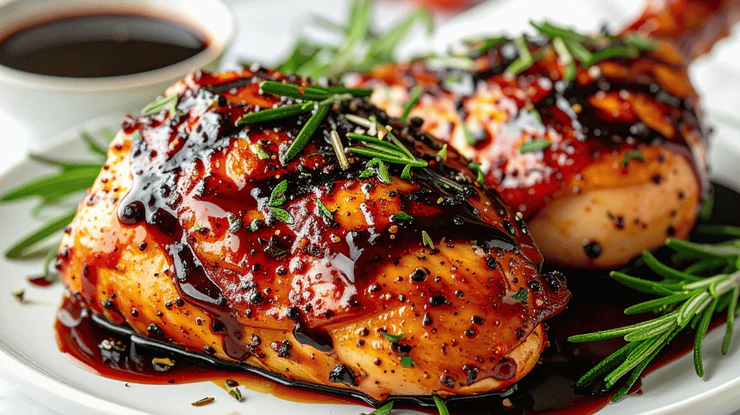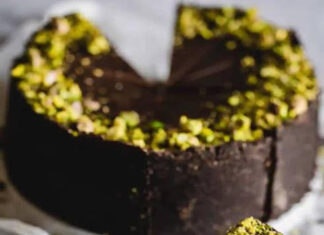Welcome to Coley Cooks. Enjoy hundreds of time-tested, authentic recipes created by the very talented Nicole Gaffney, a former private chef who is inspired by her Italian family and their seasonal coastal lifestyle. “My food philosophy is simple: cook seasonally, use the best ingredients and practice good technique. I was raised in a family of Sicilian commercial fishermen and my recipes reflect that tradition.”
Chickpeas are naturally gluten-free, including both the canned and dry varieties. And they are high in protein, fiber, folate, iron and phosphorus. Known as ceci beans, Indian peas, bengal grams, chana, kadale kaalu, sanaga pappu, and shimbra, over 12.1 million tons of chickpeas were produced in 2016. There are several varieties of chickpea, and an excess of uses for them around the world. A key ingredient in Mediterranean and Middle Eastern cuisines, chickpeas are used in hummus, and, when ground into flour, falafel. They are also important in Indian cuisine, used in salads, soups, stews, and curry, in chana masala, and in other meal products. “In 2020, India produced a chickpea volume of over 11 million metric tons. For comparison, worldwide production of chickpeas amounted to roughly 15 million metric tons that same year.”*
“Trailing behind India, Turkey is the second highest producer of chickpeas, yielding roughly 630,000 metric tons of the legume. Pakistan and Myanmar follow in third and fourth places, respectively (via Statista). Chickpea production is truly a global affair. Yet, according to Reuters, the world should brace itself for a chickpea shortage. Global supply can’t keep up with demand, thanks to the Russia-Ukraine conflict and weather disasters that have impacted crop production. The global chickpea supply is predicted to decline by up to 20%, while prices of the legume may soon skyrocket.”
“Remains of chickpeas from the Middle East have been found that are roughly 7,500 years old,” says food blogger Tori Avey. “These remains were found in the aceramic levels of Jericho and Çayönü, Turkey, meaning that humans had been cultivating chickpeas since before they could produce pottery. Other samples have been found in Neolithic pottery in Hacilar, Turkey, and appear throughout history in Greece, France, and other areas of Europe. They begin to appear in literature around 800 AD with Charlemagne’s Capitulare de villis. In that text, Charlemagne describes how chickpeas were grown in each imperial demesne, or area of a manor controlled by a lord. Chickpeas are later mentioned by Albert Magnus in three different colors, and by English botanist, herbalist, physician and astrologer Nicholas Culpeper as less ‘windy’ than peas and more nourishing.”**
“This recipe uses chickpea flour and vegetables for a crispy, salty snack that happens to be vegan and gluten-free. They’re easy to make and always a crowd pleaser — even for kids. The fritters are made from a thick batter consisting of chickpea flour and water,” says Nicole. “They’re similar to Panelle (Sicilian chickpea fritters), a typical Sicilian street food. These crispy bites are exceptionally delicious served in a panino or drizzled with fresh lemon juice.*** Traditionally they’re fried in olive oil, which gives them a deep, rich flavor. You can keep them plain, as you’ll usually find them in Italy, or you can embellish them with different herbs, spices and flavorings.”
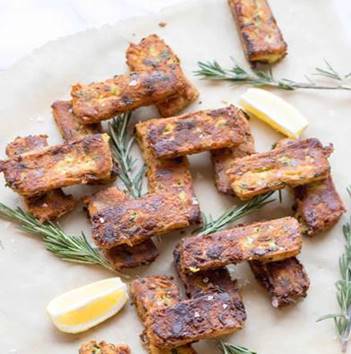
Ingredients:



